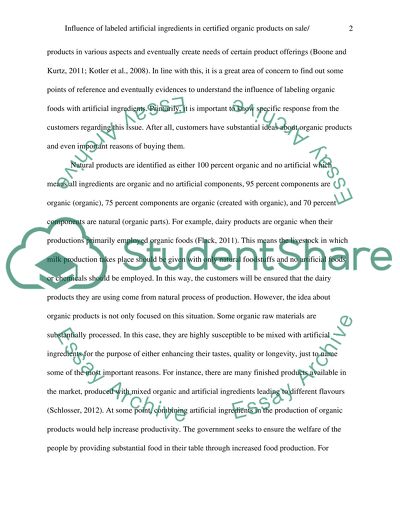Cite this document
(“INFLUENCE OF LABELED ARTIFICIAL INGREDIENTS IN CERTIFIED ORGANIC Dissertation”, n.d.)
Retrieved from https://studentshare.org/marketing/1396737-influence-of-labeled-artificial-ingredients-in
Retrieved from https://studentshare.org/marketing/1396737-influence-of-labeled-artificial-ingredients-in
(INFLUENCE OF LABELED ARTIFICIAL INGREDIENTS IN CERTIFIED ORGANIC Dissertation)
https://studentshare.org/marketing/1396737-influence-of-labeled-artificial-ingredients-in.
https://studentshare.org/marketing/1396737-influence-of-labeled-artificial-ingredients-in.
“INFLUENCE OF LABELED ARTIFICIAL INGREDIENTS IN CERTIFIED ORGANIC Dissertation”, n.d. https://studentshare.org/marketing/1396737-influence-of-labeled-artificial-ingredients-in.


